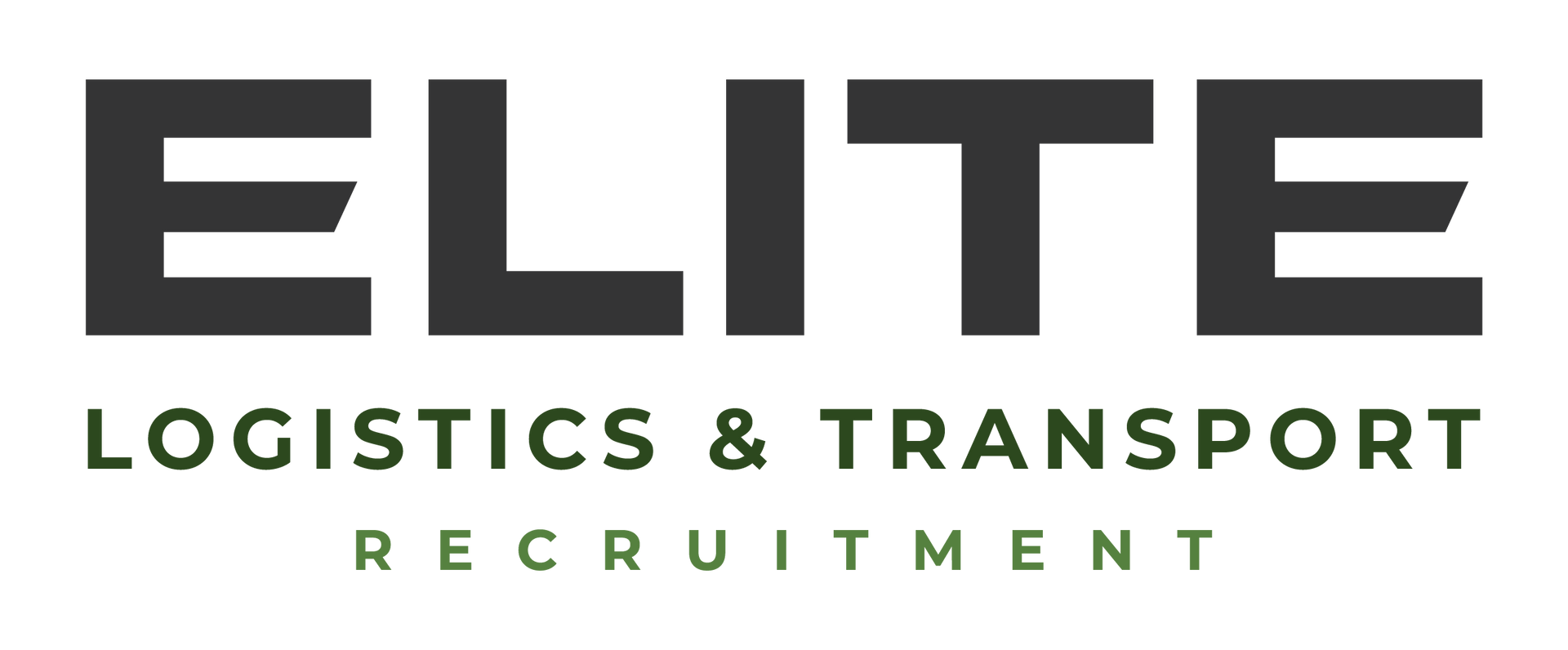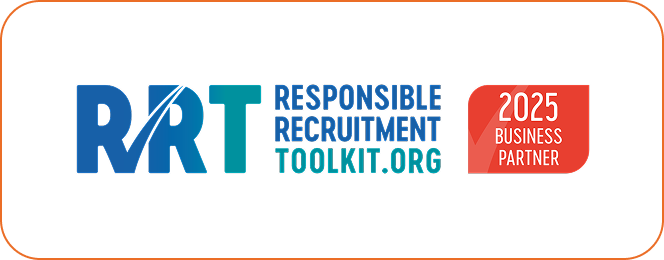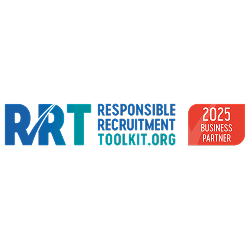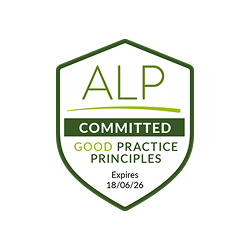Understanding Driving Hours & Staying Compliant
Understanding Driver Hours and Staying Compliant
If you’re an HGV driver, you already know that the European Union (EU) rules on drivers' hours and working time aren’t just rules — they’re there to keep you safe, protect your licence, and make sure everyone on the road gets home safely.
At Elite, we work with professional drivers every day who take pride in doing things right, so, here’s a simple breakdown of what you need to know to stay compliant with EU driver hours regulations :
Why Driver Hours Matter
The EU driver hours rules are designed to prevent fatigue and make sure drivers get proper rest between shifts.
It’s not just about avoiding fines (though that’s important too!) it’s about:
Keeping yourself and others safe on the road
Protecting your job and your HGV licence
Helping transport companies stay compliant with DVSA standards
The Basics: EU Driver Hours Rules
Here’s a quick guide to the main rules :
Daily Driving Limits
- You can drive a maximum of 9 hours a day
- You can extend this to 10 hours twice a week
Weekly Driving Limits
- No more than 56 hours of driving in one week
- No more than 90 hours over any two consecutive weeks
Breaks and Rest
- After 4 hours 30 minutes of driving, you must take a 45-minute break
- You can split it into 15 minutes + 30 minutes, but the total must be at least 45 minutes before driving again
Daily Rest
- You must have at least 11 hours of rest every 24 hours
- This can be reduced to 9 hours, up to three times per week
- You can split your daily rest into two periods — one of at least 3 hours, followed by another of at least 9 hours
Weekly Rest
- You must take at least 45 hours of rest every week
- You can reduce this to 24 hours every other week, but you must make up the difference before the end of the third week
- You can take weekly rest in your cab only if it’s properly equipped and parked in a safe place
Using Your Tachograph Correctly
A few key reminders :
Always use your own driver card — it’s illegal to share or use anyone else’s.
Insert your card before you start your shift and remove it when you finish.
Record all activities:
- Driving
- Rest and breaks
- Other work (loading, paperwork, waiting time, etc.)
- Periods of availability (when you’re waiting but not actively working)
Make manual entries when needed - If you’ve carried out any work or rest away from the vehicle, such as:
- Loading or unloading before inserting your card
- Taking a rest period before your shift
- Travelling as a passenger
Then you must manually enter this information when you insert your driver card, so your record is complete. Manual entries ensure your tachograph data reflects your full day, not just the time you were driving.
Common Mistakes to Avoid
Even experienced drivers can slip up. Here are a few common issues to watch out for:
- Forgetting to take your 45-minute break after 4.5 hours driving
- Extending your daily drive time too often
- Not taking compensatory rest after a reduced weekly rest
- Missing manual entries for off-vehicle work or rest periods
A small mistake can lead to fines, points, or disciplinary action
Elite Standards: Helping You Stay Safe and Legal
We know the transport industry inside out and we’re here to help you succeed.
Here’s how we support you:
- Guidance on working time and rest periods
- Ongoing support for any compliance or driver hours queries
Because when you work with Elite, you’re backed by a team that values safety, professionalism, and compliance as much as you do.
Final Thought
If you need some extra information about staying legal you can find the full guidance here (link the Gov Guidance)
European Union (EU) rules on drivers’ hours and working time – simplified guidance
Know your hours. Record your work. Make your manual entries.
📩 Ready to work with a team that values compliance and professionalism?
Register with Elite today — and drive with confidence.



